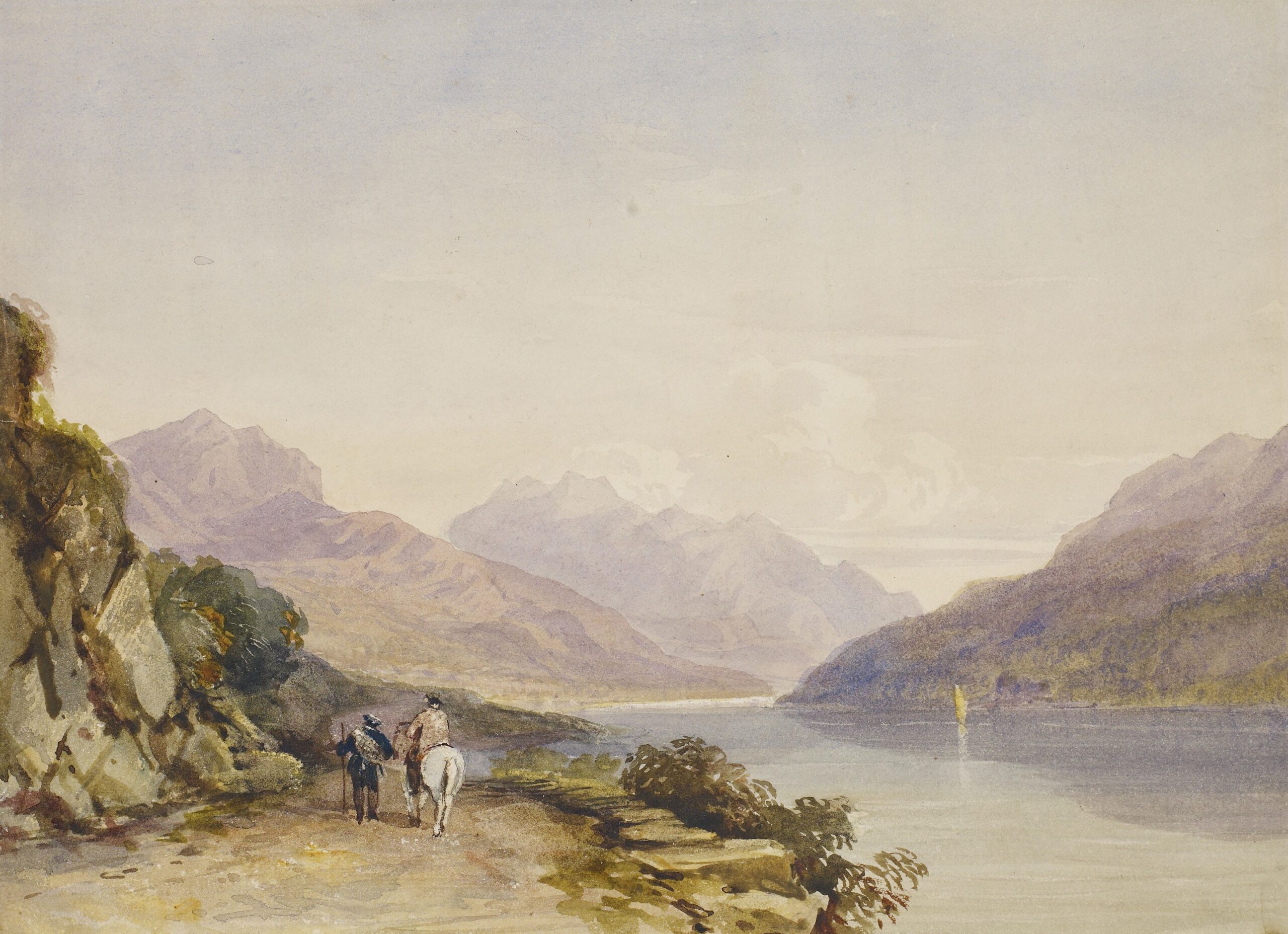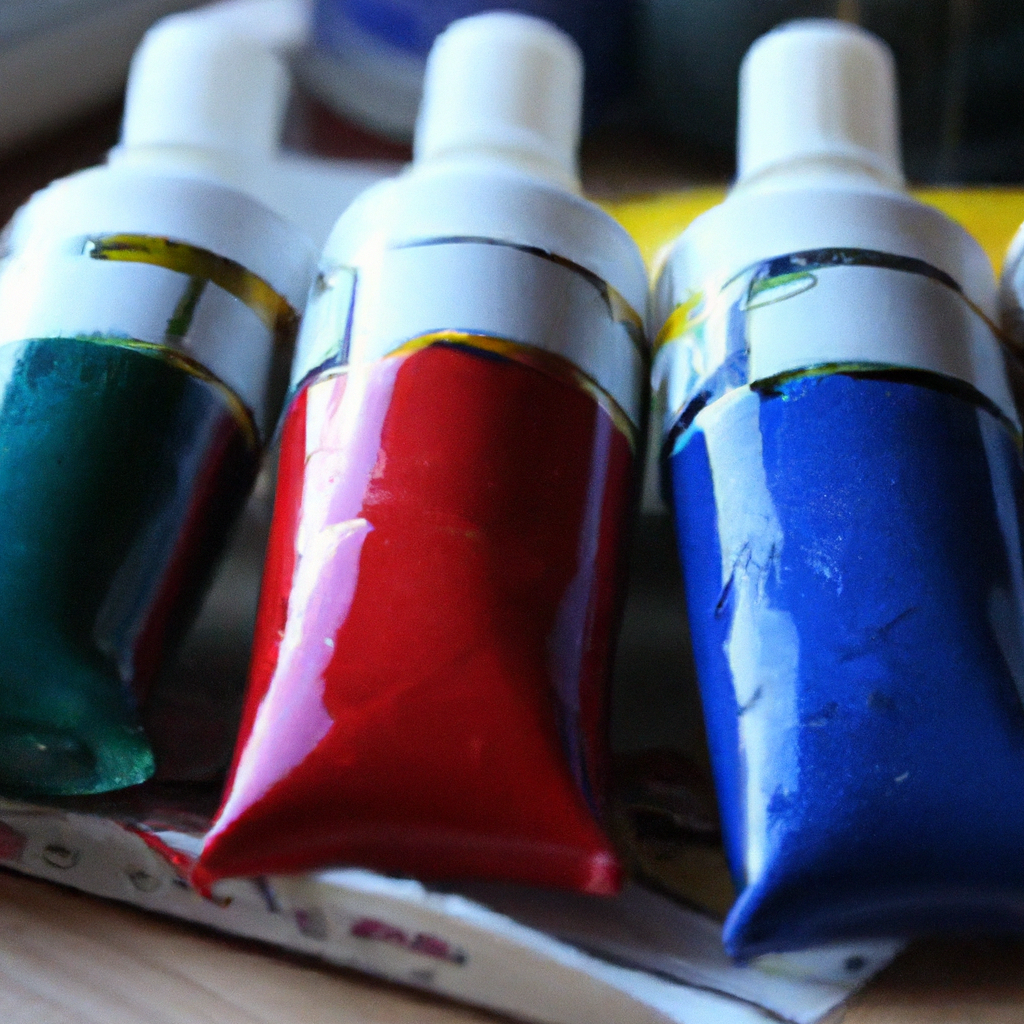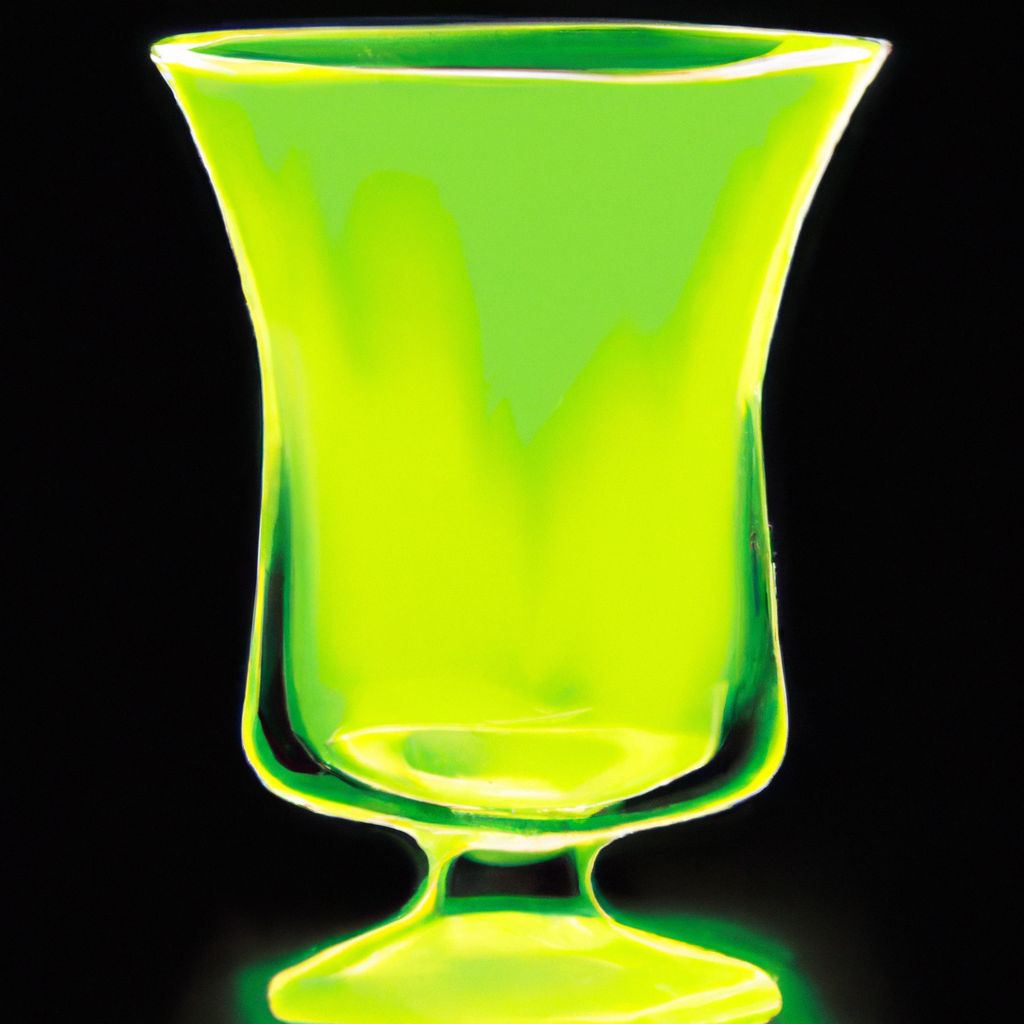When it comes to preserving the beauty and longevity of your meticulously created gouache paintings, the question of whether or not to spray them often arises. As an artist, the protection of your art is paramount, and understanding the potential benefits and drawbacks of using a spray on your gouache paintings is crucial. In this article, we will explore the reasons why you might consider spraying your gouache paintings, the different types of sprays available, and the proper techniques for application, providing you with the knowledge needed to make an informed decision about this important step in the care of your artwork.
Why do artists spray their gouache paintings?
Gouache paintings, known for their vibrant and opaque colors, require careful preservation and protection to ensure their longevity. Artists often choose to spray their gouache paintings for several reasons, including preservation and protection, enhancement of colors, minimization of smudging, prevention of color fading, and surface protection. By applying a protective spray coating, artists can safeguard their artwork and keep it looking its best for years to come.
Preservation and protection
One of the primary reasons artists spray their gouache paintings is to preserve and protect them from damage. Gouache is a water-based medium that can be easily reactivated when it comes into contact with moisture. This makes the paintings susceptible to smudging, smearing, and even running if not adequately protected. By applying a protective spray, the artwork’s surface is sealed, creating a barrier that helps prevent accidental damage and ensures the painting retains its original appearance.
Enhancement of colors
Another significant advantage of spraying gouache paintings is the enhancement of colors. Gouache pigments can sometimes appear dull or less vibrant when dry. Applying a spray coat can intensify the colors, making them more vibrant and visually appealing. The protective spray also enhances the overall appearance of the painting, giving it a more professional and finished look.
Minimization of smudging
Gouache paintings are prone to smudging, especially if handled or touched. This can be a significant concern, especially for artists who like to work with their hands or prefer a more hands-on approach. By spraying the painting with a protective spray, the surface is sealed and protected against smudging. This allows artists to handle their artwork without worrying about accidentally smearing or smudging the colors.
Prevention of color fading
Over time, gouache paintings may experience color fading, particularly when exposed to light. UV rays can cause the pigments to fade, resulting in a loss of color intensity and vibrancy. By using a spray that offers UV protection or archival qualities, artists can minimize the risk of color fading. This ensures that the artwork retains its original colors and remains visually appealing for an extended period.
Surface protection
The surface of a gouache painting is delicate and can be easily damaged. It can be affected by factors such as dust, dirt, moisture, or physical contact. By spraying the painting with a protective coat, the surface is shielded from these external elements. The spray forms a barrier that helps repel dust and dirt, preventing them from adhering to the painting’s surface. Additionally, the coating provides a layer of protection against water damage and physical abrasion, ensuring the longevity of the artwork.
Factors to consider before spraying gouache paintings
Before spraying gouache paintings, several factors should be taken into consideration to ensure the best outcome for the artwork. These factors include the type of gouache paint used, the support or surface on which the painting is created, the environment and humidity conditions, whether the painting will be displayed or stored, and personal preferences.
Type of gouache paint
The type of gouache paint used can influence the spraying process. Different brands and formulations of gouache may react differently to sprays. It is essential to consider the paint’s composition, as some sprays may not be compatible with certain gouache paints. It is advisable to consult the manufacturer’s recommendations or conduct a test on a small area before applying a spray to the entire painting.
Support or surface
The support or surface on which the gouache painting is created also plays a crucial role in determining the suitability of spraying. While traditional paper is commonly used for gouache paintings, artists can also work on other surfaces such as illustration boards, canvas, or even watercolor paper. Each surface will have different characteristics, absorbency, and response to sprays. It is important to consider the specific properties of the chosen surface and select a spray that is compatible with it.
Environment and humidity
The environment and humidity conditions can affect the drying time and overall outcome of the spray application. High humidity levels can cause the spray to take longer to dry, potentially leading to smudging or running. It is recommended to spray in a well-ventilated area with moderate humidity. If the conditions are excessively humid, artists may consider using a fan or dehumidifier to facilitate the drying process.
Display or storage
Artists should also consider whether the gouache painting will be displayed or stored. If the artwork will be displayed, additional considerations need to be taken into account. For instance, if the painting will be exposed to direct sunlight or artificial lighting, a spray with UV protection may be beneficial to prevent color fading. On the other hand, if the painting will be stored, the choice of spray may focus more on protection against dust, dirt, and moisture.
Personal preference
Finally, personal preference also plays a role in the decision to spray gouache paintings. Some artists may prefer the look and feel of an unvarnished gouache painting, appreciating its natural texture and surface. Others may value the added protection and enhanced appearance that spraying provides. Considering personal artistic style and desired visual outcome is essential before deciding to spray or not to spray gouache paintings.

This image is property of images.unsplash.com.
Types of sprays for gouache paintings
Several types of sprays can be used to protect and enhance gouache paintings. Each spray serves a different purpose and offers varying levels of protection. The three main types of sprays commonly used for gouache paintings are fixative sprays, varnish sprays, and archival or UV protective sprays.
Fixative sprays
Fixative sprays are typically used to seal and protect artwork created with dry media, such as graphite, charcoal, or pastels. These sprays create a semi-permanent layer that adheres to the surface of the painting, providing a protective barrier against smudging, dust, and moisture. However, fixative sprays are not specifically designed for use with gouache paintings and may not offer the same level of protection or enhancement as sprays specifically formulated for gouache.
Varnish sprays
Varnish sprays are commonly used to protect and enhance the appearance of oil or acrylic paintings. These sprays create a glossy, satin, or matte finish that seals and protects the painting from damage and environmental factors. While varnish sprays can be used on gouache paintings, they may alter the appearance of the artwork due to their intended use on different mediums. Artists should be cautious and consider using varnish sprays specifically formulated for gouache to avoid any unwanted changes in color or texture.
Archival or UV protective sprays
Archival or UV protective sprays are formulated to provide maximum preservation and protection against color fading. These sprays often contain UV inhibitors that filter out harmful UV rays, minimizing the risk of color alteration or fading caused by light exposure. Archival sprays are specifically designed for use with various mediums, including gouache. They offer the most effective protection for gouache paintings, ensuring the longevity and integrity of the artwork over time.
Benefits and drawbacks of spraying gouache paintings
Spraying gouache paintings offers several benefits in terms of preservation, protection, and enhancement. However, there are also some drawbacks that artists should carefully consider before deciding to spray their artwork.
Benefits of spraying gouache paintings
One of the main benefits of spraying gouache paintings is the increased protection against smudging and damage. The spray forms a protective barrier that helps prevent accidental smudging or smearing, allowing the artwork to be handled without fear of ruining the paint layer. Additionally, spraying the painting with a protective coat enhances the colors, making them appear more vibrant and visually appealing. The spray can also protect the surface from dust, dirt, moisture, and physical damage, ensuring the longevity of the artwork.
Drawbacks of spraying gouache paintings
One potential drawback of spraying gouache paintings is the alteration of the artwork’s appearance. While sprays can enhance colors, they may also change their hue, saturation, or texture. Some sprays can create a glossy or shiny effect, which may not be desired for certain artistic styles. Additionally, improper application or using incompatible sprays can lead to uneven coverage, streaking, or cloudiness. It is essential to carefully read the instructions and test the spray on a small area before applying it to the entire painting.

This image is property of images.unsplash.com.
Spraying techniques for gouache paintings
To achieve the best results when spraying gouache paintings, several techniques should be followed. These techniques ensure a seamless application and proper adherence of the spray to the artwork.
Preparing the painting
Before spraying, it is important to ensure that the gouache painting is clean and free of any dust, dirt, or loose particles. Gently brush the surface with a soft, clean brush or use a compressed air canister to remove any debris. It is advisable to work on a stable, flat surface to prevent accidental spills or damage to the artwork during the spraying process.
Choosing a well-ventilated area
When preparing to spray, select a well-ventilated area to minimize exposure to fumes and ensure proper drying. Ideally, the area should have good air circulation, either naturally or with the help of fans. Avoid spraying in enclosed spaces or areas with excessive humidity, as this can affect the drying time and overall result.
Using proper equipment
Using the right equipment is essential for a successful spray application. Choose a spray gun or airbrush specifically designed for art applications, as they provide better control and precision. Ensure that the equipment is clean and in good working condition before use. It is also important to wear protective gear, such as gloves and a mask, to avoid direct contact with the spray and inhalation of fumes.
Applying thin layers
To achieve an even and smooth application, it is recommended to apply the spray in thin layers. Overlapping strokes can help ensure thorough coverage without pooling or globs of spray. Building up the spray gradually allows for better control and reduces the risk of uneven texture or streaking. Applying multiple thin layers also allows for adjustments or corrections if needed.
Allowing proper drying time
Once the spray is applied, it is crucial to allow the painting to dry fully before handling or further manipulation. Check the instructions provided with the spray to determine the recommended drying time. It is generally advisable to wait at least 24 hours before moving or storing the artwork. During this time, ensure that the painting is placed in a dust-free environment to prevent particles from adhering to the surface.
Alternative methods of protecting gouache paintings
While spraying is a common method of protecting gouache paintings, several alternative methods can also be considered depending on individual preferences and requirements.
Glass framing
One popular alternative is to frame the gouache painting behind glass. This method offers excellent protection against dust, dirt, moisture, and physical damage. The glass acts as a barrier, shielding the artwork from external elements while allowing it to be displayed and enjoyed. It is essential to use UV protective glass to prevent color fading caused by light exposure. However, glass framing can add extra weight and cost to the artwork, and reflection can obscure the viewing experience.
Acrylic medium application
Applying a layer of acrylic medium over the gouache painting can provide protection and enhance its appearance. Acrylic medium acts as a sealant, similar to a protective spray, creating a barrier against smudging, dust, and moisture. This method allows the gouache painting to retain its original colors and appearance while providing a protective layer. However, acrylic medium can alter the surface texture and glossiness, and it requires skill and precision to achieve an even application.
Storing in protective sleeves
For artists who prefer to store their gouache paintings rather than display them, using protective sleeves can be an effective method. These sleeves are made of archival-quality materials and provide a dust-free and moisture-resistant environment for the artwork. Protective sleeves are transparent, allowing the artwork to be easily viewed and inspected without the need for constant handling. However, this method is more suitable for smaller paintings and may not offer the same level of protection as other methods when it comes to physical damage.

This image is property of images.unsplash.com.
How to spray gouache paintings
Spraying gouache paintings requires careful preparation and a step-by-step application process to ensure the best results. Following these instructions will help artists achieve a successful spray application and protect their gouache artwork effectively.
Preparation and setup
- Choose a well-ventilated area with good air circulation to minimize fumes and facilitate drying.
- Place the gouache painting on a stable, flat surface, ensuring it is clean and free of dust or debris.
- Gather all necessary equipment, including a spray gun or airbrush, appropriate spray for gouache, gloves, mask, and protective gear.
- Shake the spray canister or mix the spray solution according to the manufacturer’s instructions.
Application process
- Start by spraying a test area or a small section of the gouache painting to ensure compatibility and achieve the desired outcome. Allow it to dry and inspect the results before proceeding.
- Hold the spray gun or airbrush approximately 6-8 inches away from the painting’s surface.
- Begin spraying in thin, even strokes, covering the painting uniformly. Overlap the strokes slightly to ensure complete coverage.
- Apply multiple thin layers, allowing each layer to dry according to the manufacturer’s instructions. It is advisable to apply at least two to three layers for optimal protection.
- Pay attention to areas that may require extra protection, such as high-traffic areas or areas with intense color pigments.
- Be mindful of the spray’s consistency and adjust the application speed or distance from the painting accordingly to achieve a smooth and even finish.
Drying and curing
- After the final layer is applied, allow the gouache painting to dry fully. Follow the manufacturer’s recommendations for drying time, which typically range from 24 to 48 hours.
- During the drying period, ensure that the painting is placed in a dust-free and well-ventilated environment to prevent particles from settling on the surface.
- After the painting has dried, it is important to allow it to cure fully before handling or storing. Curing time may vary depending on the spray used, so refer to the manufacturer’s instructions for specific guidance.
Common misconceptions about spraying gouache paintings
There are some common misconceptions surrounding the practice of spraying gouache paintings. It is important to address these misconceptions to provide a clear understanding of why spraying can be beneficial and to dispel any misunderstandings.
Spraying causes color alterations
One misconception is that spraying gouache paintings will alter the colors or overall appearance of the artwork. While certain sprays may have an effect on color intensity or saturation, when used correctly, sprays specifically formulated for gouache should not significantly change the artwork’s appearance. It is crucial to choose a spray that is compatible with the gouache paint and conduct test applications before applying it to the entire painting.
Spray application is time-consuming
Some artists may perceive the process of spraying gouache paintings as time-consuming and complicated. While proper preparation, application, and drying time are necessary, the overall process can be relatively straightforward, especially with practice and experience. Additionally, the benefits of protecting and enhancing the artwork’s appearance make the time investment well worth it.
Spraying is only necessary for professional artists
Another misconception is that spraying is only necessary for professional artists or high-value artwork. However, any artist who wishes to protect their gouache paintings and ensure their longevity can benefit from spraying. Whether the artwork is intended for personal enjoyment or public display, spraying provides essential protection against damage, smudging, and color fading, regardless of the artist’s level of expertise.

Tips for proper care and maintenance of sprayed gouache paintings
After a gouache painting has been sprayed and protected, proper care and maintenance are crucial to preserve its appearance and integrity over time. Following these tips will help artists ensure their sprayed gouache paintings stand the test of time.
Avoid exposure to direct sunlight
Direct sunlight can cause the colors of gouache paintings to fade over time. To protect against color alteration, it is advisable to display the artwork in an area away from direct sunlight or artificial lighting sources. Consider using UV protective glass or applying a UV protective spray if the painting will be exposed to light for extended periods.
Keep away from extreme temperatures
Extreme temperatures can affect the stability and integrity of gouache paints and the protective spray coating. Avoid storing or displaying gouache artwork in areas that are excessively hot or cold. Drastic changes in temperature can lead to cracking, warping, or delamination of the paint layers or protective coating.
Clean with care
When cleaning a sprayed gouache painting, it is essential to do so with care and caution. Use a soft, lint-free cloth or brush to gently remove any dust or debris from the surface. Avoid using harsh chemicals, solvents, or abrasive materials that may damage the protective coating or the paint layer. If unsure, consult a professional conservator for advice on proper cleaning techniques.
Store in a dust-free environment
When storing sprayed gouache paintings, ensure they are kept in a clean and dust-free environment. Use acid-free and archival-quality storage materials, such as acid-free folders or boxes, to protect against dust, moisture, and pests. Avoid stacking or placing heavy objects on top of the paintings to prevent any physical damage.
Inspect for signs of damage
Regularly inspect sprayed gouache paintings for any signs of damage or deterioration. Look for changes in color, texture, or surface integrity. If any issues are detected, consult a professional conservator to assess and address the damage. Quick intervention and proper restoration can help prevent further deterioration and preserve the artwork’s value.
Conclusion
Spraying gouache paintings offers artists an effective way to preserve, enhance, and protect their artwork. By understanding the reasons for spraying, considering various factors before applying a spray, and following proper techniques, artists can ensure their gouache paintings retain their vibrancy, remain protected from damage, and stand the test of time. Whether for personal enjoyment or public display, spraying provides artists with the means to safeguard their creations and achieve the desired aesthetic and longevity for their gouache artwork.




